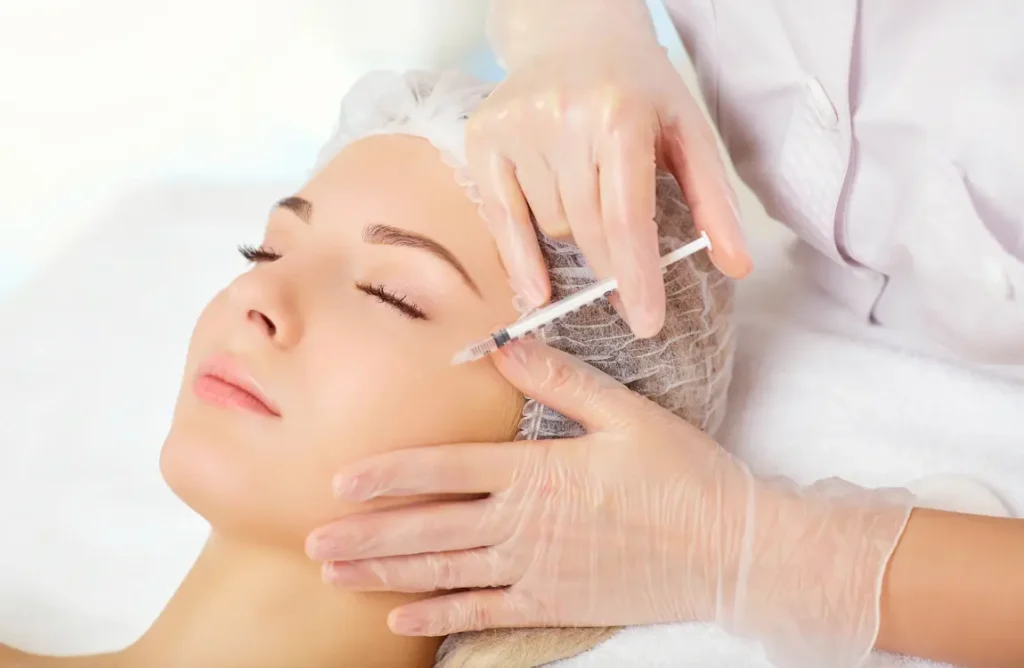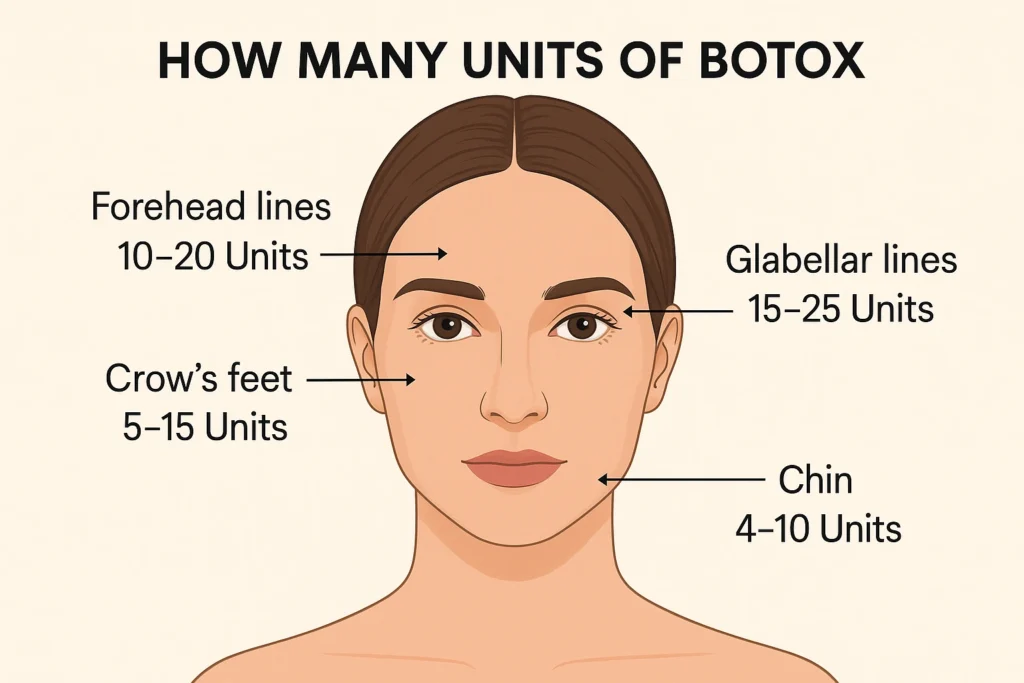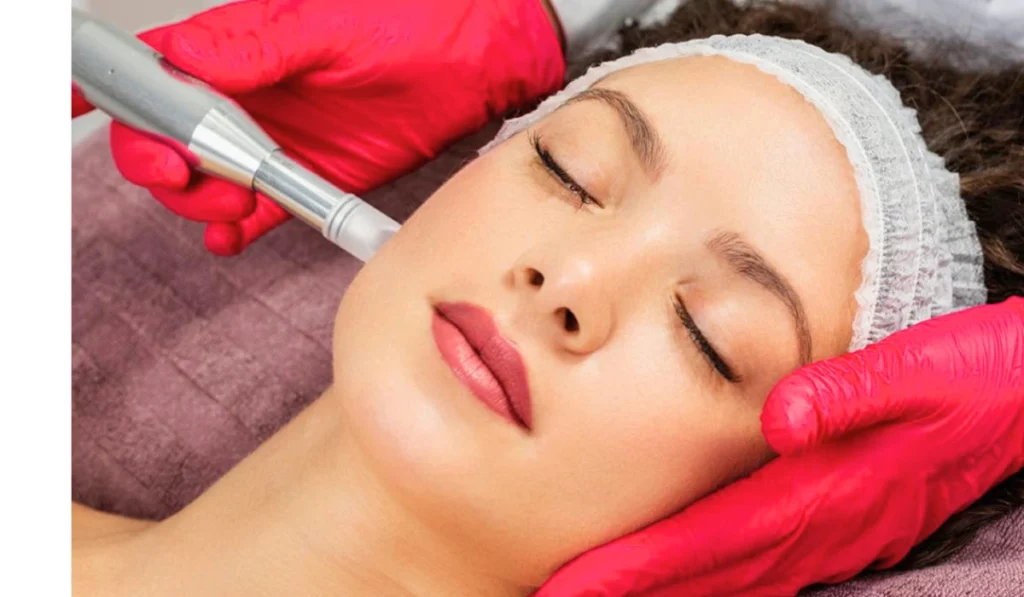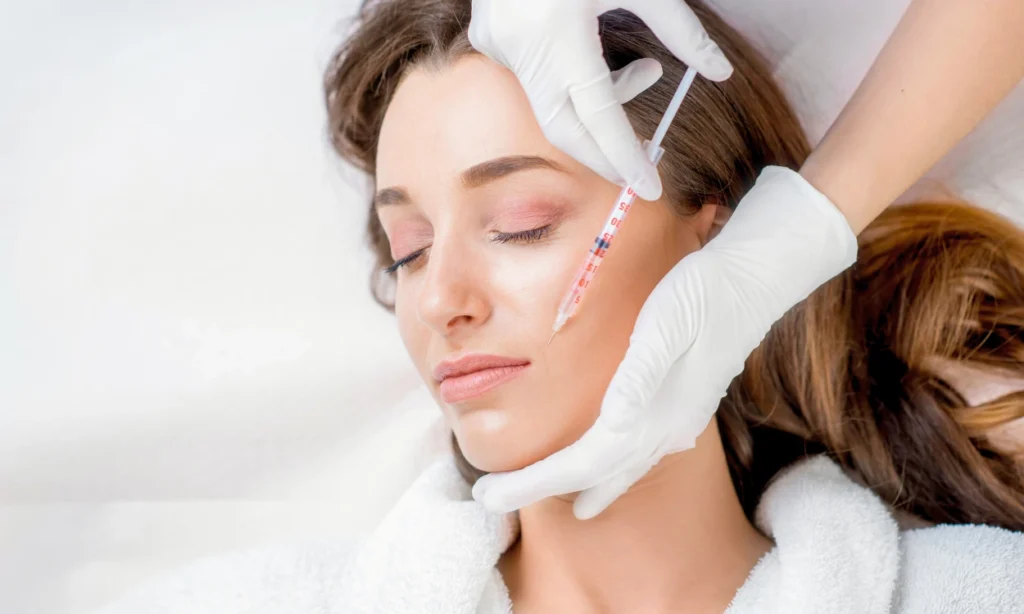Microneedling is a popular skin treatment. Many wonder if it hurts.
The short answer is: it depends. Pain levels vary from person to person. Microneedling involves tiny needles creating micro-injuries on your skin. This sounds scary, but it’s usually well-tolerated. Some feel mild discomfort, while others may experience a bit more pain.
The sensation often depends on the area being treated and your pain threshold. Many clinics use numbing cream to ease discomfort. Understanding the procedure can help ease your fears. Knowing what to expect makes it less intimidating. So, let’s dive deeper into what microneedling feels like, and how you can prepare for the experience.

Credit: hob-aesthetics.com
Introduction To Microneedling
Microneedling has become a popular skincare treatment. Many people wonder, does microneedling hurt? This post will help you understand more about this procedure and its sensations.
What Is Microneedling?
Microneedling is a cosmetic procedure. It involves tiny needles creating small punctures in the skin. This process promotes collagen and elastin production. Both are vital for healthy and youthful skin.
During the treatment, a device with fine needles is used. The needles create controlled injuries on the skin. This triggers the body’s natural healing process. As a result, new skin cells are generated.
Microneedling can address various skin issues. These include acne scars, wrinkles, and large pores. It can improve skin texture and tone. This makes it a versatile treatment option.
Popularity Of The Treatment
Microneedling has gained popularity over the years. Its minimal downtime and effectiveness are key factors. Many people prefer it over more invasive procedures.
According to a survey, microneedling treatments have risen by over 200% in the last decade. This surge highlights its growing acceptance and trust among people.
| Year | Number of Treatments |
|---|---|
| 2010 | 50,000 |
| 2020 | 150,000 |
People appreciate the quick recovery time. After a session, they can return to normal activities soon. The treatment can be done on various parts of the body. This adds to its appeal.
With more celebrities endorsing it, microneedling’s popularity continues to rise. Social media also plays a role. Many share their positive experiences online.
Overall, microneedling is a favored choice for skin rejuvenation. Its benefits and ease of recovery make it attractive to many.
Microneedling Procedure
Microneedling is a popular skincare treatment. It involves tiny needles that create micro-injuries in the skin. These micro-injuries help stimulate collagen production. This makes the skin look smoother and younger. Many people wonder if microneedling hurts. Let’s explore the microneedling procedure in detail.
Step-by-step Process
The microneedling procedure starts with cleaning the skin. A numbing cream is applied to reduce discomfort. After 20-30 minutes, the cream is removed. The skin is then ready for the microneedling device.
The device is rolled over the skin. Tiny needles create small punctures. These punctures are controlled and precise. They help the skin heal and rejuvenate.
After the treatment, a soothing serum is applied. This helps calm the skin. The whole process usually takes about an hour. Some redness and swelling are normal after the procedure.
Types Of Devices Used
Different types of microneedling devices exist. The most common is the derma roller. It has a handle and a roller with tiny needles. The roller is moved across the skin.
Another device is the derma pen. It looks like a pen with a needle tip. The pen moves vertically on the skin. This provides more precision.
There are also automated devices. These use motorized needles. They provide consistent pressure and depth. This can make the treatment more effective.
Choosing the right device depends on the skin type and concerns. A dermatologist can help decide the best option.
Sensation During Microneedling
Microneedling has become a popular skincare treatment. Many wonder about the sensation felt during the process. Understanding what to expect can help ease concerns. Below, we explore the pain levels and compare microneedling to other treatments.
Pain Levels
Many people describe the sensation as mild to moderate. The pain level often depends on the individual’s pain tolerance. Some areas of the face are more sensitive than others. For example, the forehead might feel more discomfort than the cheeks.
A numbing cream is applied before the treatment. This helps reduce the sensation significantly. Most patients report feeling tiny pricks or vibrations. The sensation is often less intense than expected. The procedure is usually well-tolerated.
Comparison To Other Treatments
Microneedling is often compared to other skin treatments. Here is a comparison of pain levels:
| Treatment | Pain Level |
|---|---|
| Microneedling | Mild to Moderate |
| Chemical Peels | Moderate to High |
| Laser Resurfacing | High |
| Microdermabrasion | Mild |
Microneedling is generally less painful than chemical peels and laser treatments. The use of a numbing cream further reduces discomfort. Microdermabrasion, on the other hand, is less invasive and generally less painful. Each treatment has its own benefits and pain levels. Choosing the right one depends on your skin concerns and pain tolerance.
Factors Influencing Pain
Microneedling is a popular beauty treatment. Many wonder if it hurts. Pain levels can vary. Different factors influence the pain felt during microneedling. Let’s explore these factors.
Skin Sensitivity
Skin sensitivity plays a big role. Sensitive skin feels more pain. Some people have naturally sensitive skin. Others may have skin conditions. These conditions can increase pain. People with thicker skin usually feel less pain. Thicker skin provides more cushion. This reduces the needle’s impact.
Needle Depth
Needle depth is another key factor. Shallower needles cause less pain. They only reach the skin’s top layer. Deeper needles reach the lower layers. This can cause more discomfort. Deeper needles are used for advanced treatments. These treatments might target deeper scars or wrinkles. The depth needed depends on the skin’s condition. Proper consultation with a professional helps determine the right depth.
Pain Management Techniques
Microneedling is a popular cosmetic procedure. Many people worry about the pain. Thankfully, there are several pain management techniques to make the experience more comfortable. In this section, we will explore some effective methods to manage pain during and after microneedling.
Topical Anesthetics
Topical anesthetics are often used to numb the skin before microneedling. These creams contain lidocaine or other numbing agents. They help reduce discomfort during the procedure.
Here’s how you can use topical anesthetics:
- Apply the cream 30-45 minutes before the procedure.
- Cover the area with plastic wrap to enhance absorption.
- Remove the wrap just before microneedling begins.
Topical anesthetics are effective and widely used. They make the process almost painless for most people.
Post-procedure Care
Post-procedure care is crucial for minimizing pain after microneedling. Here are some tips to help you manage discomfort:
- Use a gentle cleanser to clean your face.
- Apply soothing serums with ingredients like hyaluronic acid.
- Avoid direct sunlight and use a high SPF sunscreen.
- Stay hydrated and drink plenty of water.
- Do not pick at the treated skin.
Proper post-procedure care can significantly reduce pain and speed up recovery. It is important to follow these steps for the best results.
Credit: eu.drsturm.com
Patient Experiences
Microneedling has become a popular treatment for skin rejuvenation. Many people wonder, “Does microneedling hurt?” Reading patient experiences can provide useful insights. Let’s explore what patients have to say about their microneedling sessions.
Testimonials
Many patients share their experiences to help others. Here are some testimonials:
- Sarah, 28: “I felt a mild prickling sensation. It was not painful.”
- John, 35: “The numbing cream helped a lot. I barely felt anything.”
- Emily, 40: “Some areas were more sensitive, but it was tolerable.”
Common Feedback
Patient feedback highlights some common themes about microneedling:
| Aspect | Feedback |
|---|---|
| Pain Level | Most patients report mild discomfort. |
| Numbing Cream | Often used to reduce sensation. |
| Sensitivity | Varies by individual and treatment area. |
Overall, the consensus is that microneedling is manageable. The use of numbing cream plays a significant role in pain reduction.

Credit: blog.silktouchmedspa.com
Frequently Asked Questions
Does Microneedling Feel Painful?
Microneedling can cause slight discomfort. Most people feel a tingling or mild prickling.
How Long Does Microneedling Pain Last?
Pain usually lasts for a few hours. Most feel better by the next day.
Is Numbing Cream Used During Microneedling?
Yes, a numbing cream is often applied. This helps reduce discomfort during the procedure.
What Should I Expect After Microneedling?
You may have redness and slight swelling. These effects usually disappear within a day or two.
Can Microneedling Cause Long-term Pain?
No, microneedling does not cause long-term pain. Any discomfort is temporary and manageable.
Conclusion
Microneedling can cause discomfort, but pain levels vary. Most people find it tolerable. Topical numbing creams help reduce the pain. Results often outweigh the temporary discomfort. It’s crucial to consult a professional. Proper aftercare ensures better healing and results. Interested in smoother skin?
Microneedling might be worth considering. Always prioritize safety and expertise. Talk to your dermatologist for personalized advice. Your skin deserves the best care.













